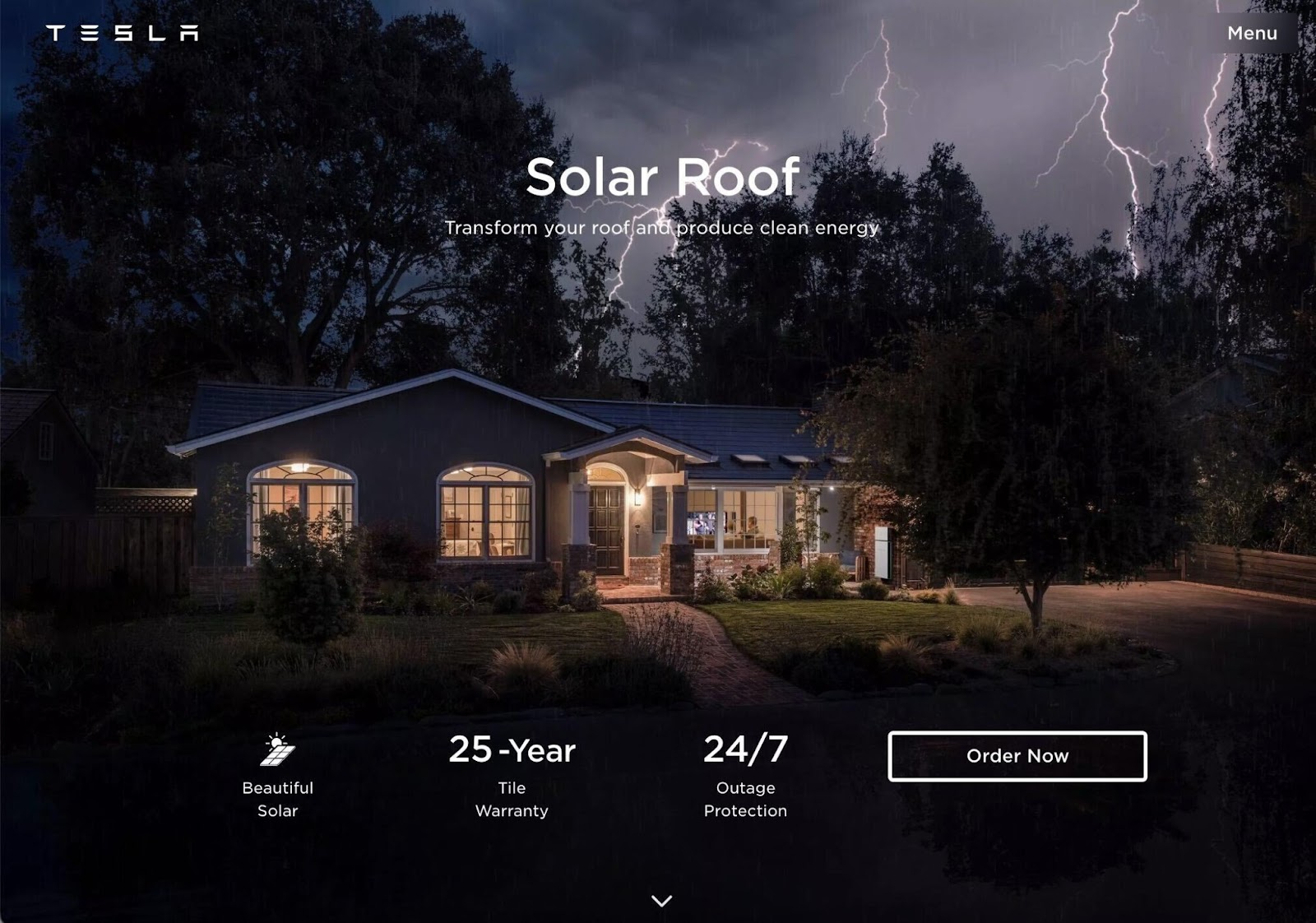In the realm of website management, decisions about handling outdated or missing pages can significantly impact your SEO performance. The choice between using 301 redirects and displaying 404 error pages has been a longstanding topic of debate. In this article, we’ll explore the advantages and drawbacks of each approach and help you make an informed decision for your SEO strategy.
Understanding 301 Redirects
What is a 301 Redirect?
A 301 redirect is a permanent redirection from one URL to another. It informs search engines that a particular page has been moved to a new location and passes the page’s authority and rankings to the new URL. This ensures that users and search engines are seamlessly directed to the correct page.
Benefits of 301 Redirects
- Preserves SEO Value: By transferring the authority of the old page to the new one, 301 redirects help maintain your website’s overall SEO value.
- Enhances User Experience: Visitors are automatically redirected to the relevant content, providing a smoother browsing experience and reducing bounce rates.
- Maintains Backlinks: Backlinks pointing to the old page will still contribute to the SEO value of the new page through the redirect.
Exploring 404 Error Pages
What is a 404 Error Page?
A 404 error page is displayed when a user tries to access a page that doesn’t exist on the server. It notifies users that the requested content is unavailable and suggests alternative actions.
Drawbacks of 404 Error Pages
- Negative User Experience: Users encountering a 404 error may be frustrated and leave your site, resulting in increased bounce rates.
- Loss of SEO Value: Without proper handling, 404 errors can lead to loss of rankings and authority for the missing page.
- Missed Opportunities: Visitors searching for the old content may not find the related information, leading to missed engagement and potential conversions.
Making the Right Choice for SEO
The decision between using 301 redirects or 404 error pages depends on your specific circumstances and goals. If you have a new location for the content or a similar page to redirect to, a 301 redirect is the preferred choice. It preserves SEO value and ensures a smooth user experience. On the other hand, if the content no longer exists or you want to remove it intentionally, a 404 error page is suitable. In this case, customise the 404 page with helpful links, search options, and branding to mitigate its negative impact.
Commonly Asked Questions
Q1: Can too many 301 redirects negatively affect SEO?
While a few 301 redirects won’t significantly impact SEO, an excessive number can lead to performance issues. Aim to keep redirects to a minimum and periodically audit and update them.
Q2: Are there other types of redirects besides 301?
Yes, there are other types, such as 302 (temporary) redirects and meta refresh redirects. However, for permanent content moves, 301 redirects are the most appropriate for SEO.
Q3: How do I create a custom 404 error page?
You can design a custom 404 error page by creating an HTML file and uploading it to your server. Ensure it provides a clear message, suggests alternative content, and includes links to key areas of your site.
Q4: Can 404 errors impact my search engine rankings?
Yes, multiple 404 errors can negatively affect your site’s SEO performance, as search engines may perceive it as poor user experience. Implementing proper redirects or custom 404 pages helps mitigate this impact.
In conclusion, both 301 redirects and 404 error pages have their place in effective website management. While 301 redirects preserve SEO value and maintain user engagement, 404 error pages can be valuable if handled thoughtfully. Choose the approach that aligns with your content strategy and user experience goals to ensure your website’s optimal SEO performance.
Sources:
- Moz. “HTTP 301 Permanent Redirects.” https://moz.com/learn/seo/redirection
- Google Developers. “HTTP 404: Not Found.” https://developer.mozilla.org/en-US/docs/Web/HTTP/Status/404
- Search Engine Journal. “How to Create a Custom 404 Page that Saves a Sale.” https://www.searchenginejournal.com/404-page-best-practices/46372/


